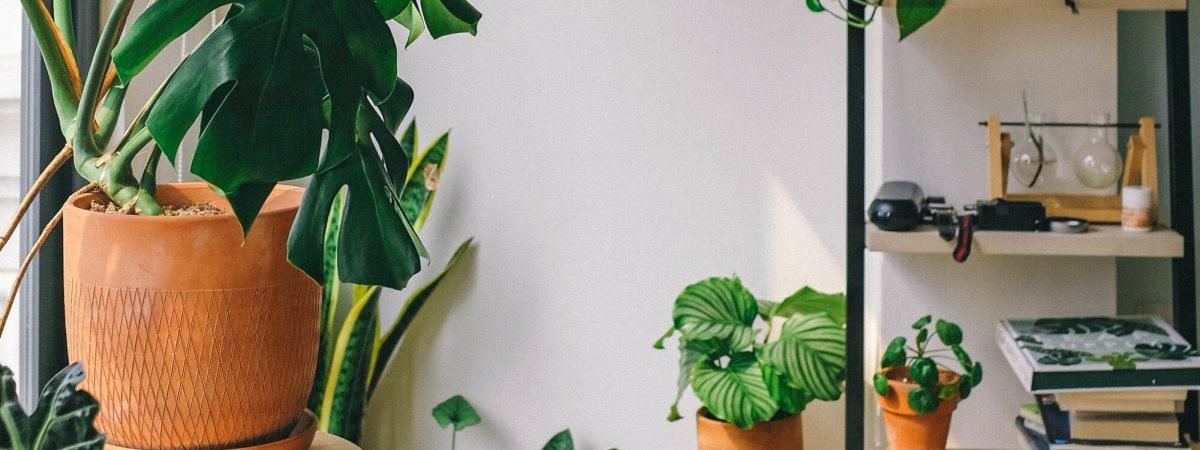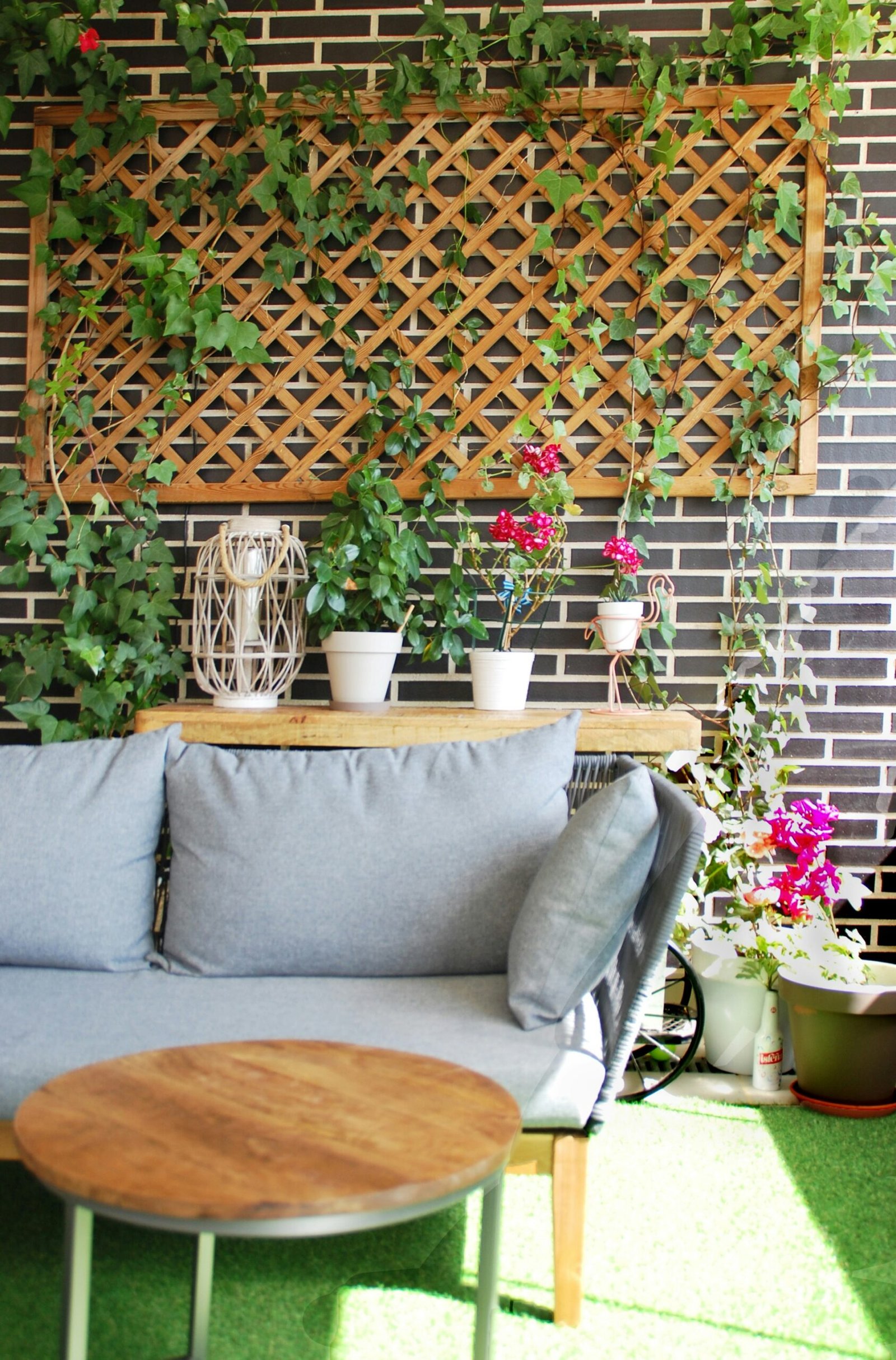The Healing Power of Houseplants: Boosting Indoor Air Quality
Do you ever feel tired or sluggish when spending long hours indoors? The culprit might be poor indoor air quality. But fear not, there is a natural and effective solution to this problem – houseplants. Not only do they add a touch of green to your living space, but they also have the incredible ability to purify the air and improve your overall well-being.
Indoor air pollution can be caused by a variety of factors, including volatile organic compounds (VOCs) emitted by household products, mold, and allergens. Breathing in these pollutants can lead to a range of health issues, such as respiratory problems, allergies, and even cognitive decline. Fortunately, certain houseplants have been proven to filter out these harmful substances and create a healthier indoor environment.
NASA’s Clean Air Study
In the late 1980s, NASA conducted a Clean Air Study to determine the most effective plants for improving indoor air quality. The study found that certain houseplants have the ability to remove common indoor pollutants, such as formaldehyde, benzene, and trichloroethylene, from the air.
Some of the top air-purifying plants identified by NASA include:
- Snake Plant (Sansevieria trifasciata)
- Peace Lily (Spathiphyllum)
- Spider Plant (Chlorophytum comosum)
- Golden Pothos (Epipremnum aureum)
- Dracaena (Dracaena spp.)
These plants are not only effective at removing toxins from the air, but they are also relatively low-maintenance, making them perfect for even the most inexperienced plant owners.
The Benefits of Indoor Plants
Aside from their air-purifying properties, houseplants offer a range of other benefits that can enhance your well-being. Studies have shown that being surrounded by plants can reduce stress levels, improve mood, and increase productivity. They also add humidity to the air, which can be beneficial in dry indoor environments.
Furthermore, caring for houseplants can be a therapeutic activity in itself. The act of nurturing and tending to plants can help improve mental health and provide a sense of purpose. It can also serve as a reminder to take a break from our busy lives and connect with nature.
Tips for Incorporating Houseplants into Your Home
If you’re ready to reap the benefits of houseplants, here are a few tips to help you get started:
- Choose the right plants for your space: Consider factors such as lighting conditions and the size of your space when selecting houseplants.
- Place plants strategically: Position plants in areas where you spend the most time, such as your bedroom or home office, to maximize their air-purifying effects.
- Don’t overwater: Overwatering can lead to root rot and other issues, so make sure to follow the specific watering instructions for each plant.
- Regularly clean leaves: Dust can accumulate on plant leaves, hindering their ability to photosynthesize. Wipe the leaves with a damp cloth to keep them clean and healthy.
- Monitor for pests: Keep an eye out for common houseplant pests, such as aphids and spider mites. If you notice any signs of infestation, take appropriate measures to eliminate the pests.
By incorporating houseplants into your home, you can create a healthier and more vibrant living environment. Not only will you enjoy the aesthetic benefits of these green companions, but you’ll also experience the healing power of improved indoor air quality.















